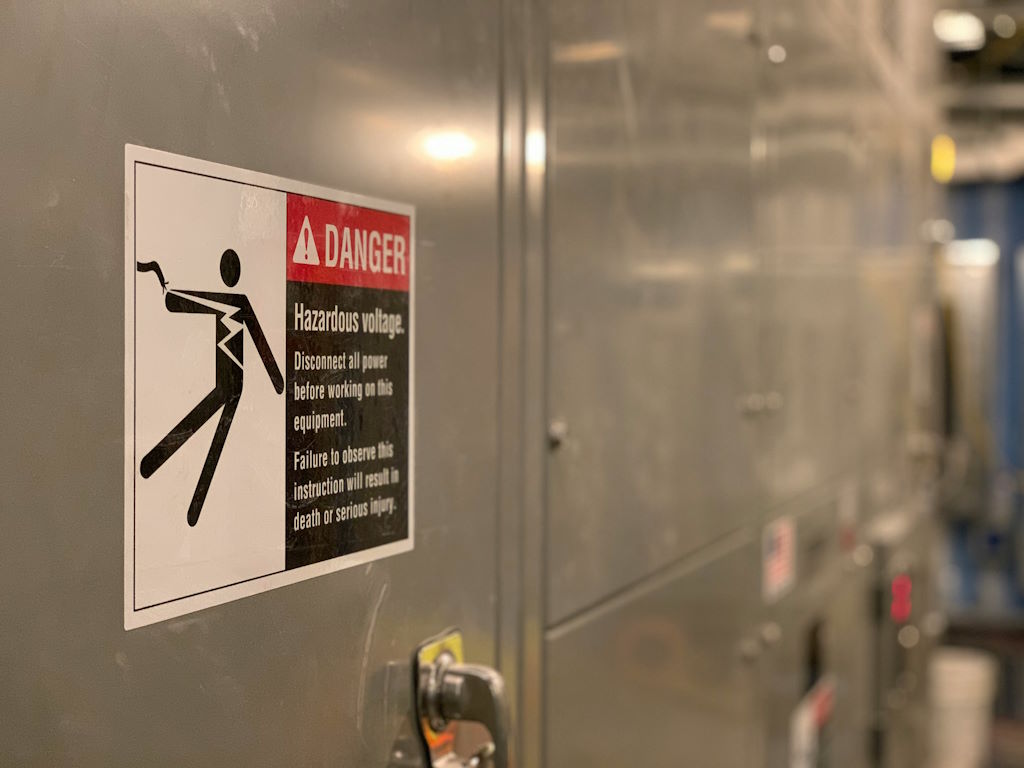Building A Safer Workplace: The Training Every Team Needs
Workplace health & safety is a key responsibility for all business owners. It rests on your shoulders to ensure that you provide and create a safe working environment for everyone. Part of this means you need to initiate various training courses or regimes to educate your employees on how to stay safe at work.
Education is as important as general health & safety implementations – like fire/smoke alarms, hazard signs, etc. If you don't teach or train your employees in certain areas, this will increase the likelihood of safety concerns happening. All it takes is one mistake for a big incident to arise. That being said, here are some essential training practices every workplace needs to implement for a safer environment.
Health & Safety Awareness
It's arguably the most boring type of training for employees, yet also arguably the most critical. Health & safety awareness training teaches your workforce to understand and be aware of all the general hazards and safety concerns in your company.
This is how you prevent accidents at work.
Think of it as creating a safety culture in your workplace where everyone knows the main hazards and what can go wrong. This should coincide with your general safety implementations around your building. For example, when you install hazard signs or safety barriers, you should educate your employees to explain the following:
- What are the hazards?
- What do the safety implementations do?
- Why are the safety implementations important?
If someone knows why something is dangerous, they're less likely to become victims of that hazard.
First Aid and CPR
All companies must train at least one employee to be competent in First Aid or CPR. The exact number of people you need with these skills will depend on the size of your organization – though in general, the more the merrier.
First Aid courses allow workers to know how to treat minor injuries and protect other employees (or customers) before proper medical help arrives. It sounds trivial at times, but good First Aid can reduce the chances of serious injuries and mitigate the severity of an incident. CPR is even more important as it's the difference between life and death. Any company can provide CPR training with a CPR Verification Station, so there's no excuse to avoid it.
The key thing to take from this is that health & safety training isn't always about prevention. Sometimes, it's about reacting to accidents because accidents will still always happen.
Fire Safety
This is another one of those traditional health & safety training topics that can't be avoided. Fire safety training is simple: it teaches your workforce about the fire safety risks, but it also teaches them how to respond to fires. Again, this involves teaching them about some of the safety implementations you've got around the workplace, such as:
- How the fire alarms work
- How to use fire extinguishers, fire blankets, etc.
- What to do when a fire alarm sounds or the sprinklers go off
That final part is crucial because it forms the evacuation training for your employees. Knowing what to do when a fire starts is key to preventing serious health & safety issues. Attempting to put out the fire is one thing, but all employees must know how to evacuate the building safely. They must be aware of where they need to go and the optimal escape route to get to safety. Training like this will save lives and must be taken seriously.
Cybersecurity
It may not seem like it belongs in a health & safety discussion, but cybersecurity is now one of the biggest risks to a business's safety in many years. The health side of things won't come into it, but the safety side is extremely relevant. Cybersecurity breaches and complications can lead to your entire business being pulled down from the inside. Data breaches mean sensitive data is out there for all to see – and some cyberattacks will cost millions of dollars to recover from.
Ironically, most cybersecurity threats stem from poor employee training. If you train your employees to recognize cyber threats and learn how to react to them, you can mitigate so many costly problems.
It's a simple case of explaining some key concerns – like phishing scams – while also training your workers to develop better cybersecurity practices. Ideas that spring to mind involve:
- Teaching them how to create secure passwords
- Training them to always sign out of their accounts at the end of the day
- Explaining the dangers of using public wifi when accessing work documents
A lot goes into cybersecurity training, yet it will make your business a safer place.
Manual Handling & Ergonomics
Last, but by no means least, all businesses must train their employees in manual handling and ergonomics. Manual handling training is more important in workplaces that involve a lot of picking things up. It's unlikely to be an issue in a typical office format – but ergonomics will always be relevant.
Manual handling training teaches your employees to pick things off the ground or move items around without hurting themselves. To be honest, you should always implement manual handling training to cover yourself legally. If an employee injures themselves when bending down to pick something up at work, they could technically sue you if you didn't provide manual handling training.
Moving onto the ergonomics side of things, it helps if you teach your employees how to maintain the correct posture while working. Provide them with ergonomic equipment (chairs, desks, monitor stands, etc.) and explain how they should sit at their desk. This stops them from getting the usual aches and pains that arise from repetitive desk work – and it can reduce the number of sick days your business sees every year.
The more you think about health & safety, the more training options appear to you. You could add countless other training types to this list depending on what your business does and how it operates. For instance, if you use any type of equipment/machinery, then you must train your employees to use it safely. From a general perspective, the four training ideas mentioned in this post are the ideal starting points for all organizations, regardless of their sector or business model.
839GYLCCC1992




Leave a Reply